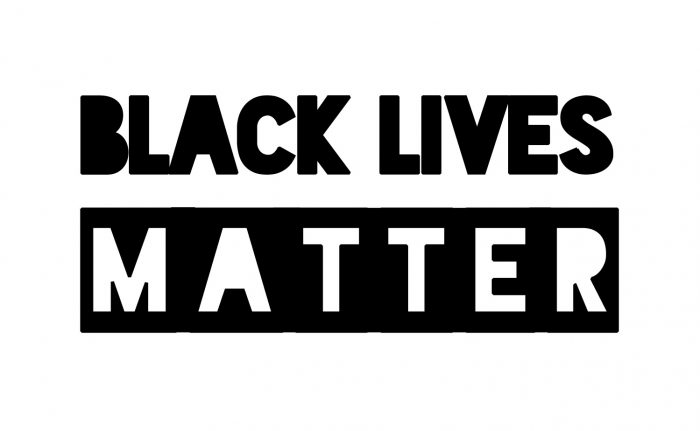Last Friday, a court in Minnesota found ex-officer Jeronimo Yanez not guilty in killing Philando Castile during a traffic stop for a broken tail light in 2016—a verdict that only serves to continue the American tradition of granting impunity to police officers who kill unarmed Black persons.
And no matter how much we want to talk about bringing more love and unity into this world or whether asking if love trumps hate, love did not stop the bullet that killed Castile or 7-year old Aiyana Stanley-Jones, who cannot turn 15 years old this year. Let’s also consider what we’ve learned from the very publicized trials of Yanez and George Zimmerman.
These two cases complicate the way we understand the linkages between anti-Black violence, white supremacy and Latino identity. We frequently hear that the term Latino refers to ethnicity, not race. However, the truth is that Latinos in the U.S. come from over 20 different countries in Latin America and the Caribbean, representing far more than just one ethnicity and a wide variety of racial identities. This multiracial, multiethnic group is coming from a region in which racial and ethnic identities have long been intertwined in debates of nationalism and power.
During the colonial period, ideas about race and ethnicity dictated who was considered human. After the development of nation-states, these ideas were reformulated to specify who was considered a citizen of the new nations. That these ideas have had different trajectories in specific moments and places does not change that they have been a central part of the way power and violence are organized in the Americas.
When Latin American migrants have come to the United States, they haven’t only brought their bodies but their experiences and ideas too. Here in the U.S., these ideas have been engaged and reformulated as Latin Americans are re-categorized under the all-encompassing construct of “Latinos.”
However, it is important to note that so-called “Latin American ideas about race” are not fundamentally different or separate from those in the U.S. The fact that people of African descent have protested in Baltimore, Maryland, Bluefields, Nicaragua, and Buenaventura, Colombia, reveals that throughout the hemisphere Black communities are still not seen as full citizens or human by those in power.
Thus, for those of us that study racial politics throughout the Americas, the linkages between Yanez’s non-conviction and the significance of Latino identity are clear: anti-Blackness is a central part of the racial logics that guide us from the level of the individual to the legal systems of nation-states and international courts.
Therefore, that Yanez and Zimmerman are both Latino reveals that you don’t need to be white to be complicit with anti-Blackness. Likewise, you do not have to identify as racist or conservative to be part of the social structures that allow the multivalent violences of anti-Blackness to continue shaping our society. This isn’t to say that Latinos aren’t racialized and subjugated. Nor am I saying that anti-Blackness is a necessary, inevitable or inherent aspect of Latino identities. Instead, my point here is that for a lot of us, especially non-Black Latinos, being subjugated in some ways has not precluded us from being complicit with anti-Black politics in the U.S. and throughout the Americas. To move towards racial justice, I urge us to remember Dr. Cornel West’s words: “Justice is what love looks like in public.”
In this frame, asking if love trumps hate is no longer the right question. The intention is nice but I don’t know what that has done for Aiyana Stanley-Jones, Philando Castile, or more recently, Charleena Lyle, who was killed by two Seattle police officers in front of her three children in her apartment. The sentiment of love is useful only insofar as our interior emotions are represented by our everyday practices, both as individuals and as a society.
It is not easy to look at centuries of anti-Black violence in the face, especially when we must look in the mirror to do so. We must imagine a praxis that takes us from our present moment towards a more just future in which we treat our fellow Black citizens and community members as human and deserving of love before we can call ourselves champions of freedom, democracy or justice.
Destroying our complicity with anti-Black violence and making that violence impossible requires that we invest time in expanding our vocabulary about race, committing ourselves to being vulnerable with each other in service of antiracism, and holding each other accountable to practicing anti-racism every day. This everyday practice will look different for each of us but it must be guided by the fundamental idea that Black lives are fully human, deserving of our love, and that they matter. This last part is worth emphasizing again: we must all focus on turning our so-called love into daily actions that make the hate of anti-Black violence impossible. The clock is ticking, the bodies are piling up…
And it has to end.
***





[…] This Is What We Must Do to Destroy Anti-Blackness in Latino Communities […]